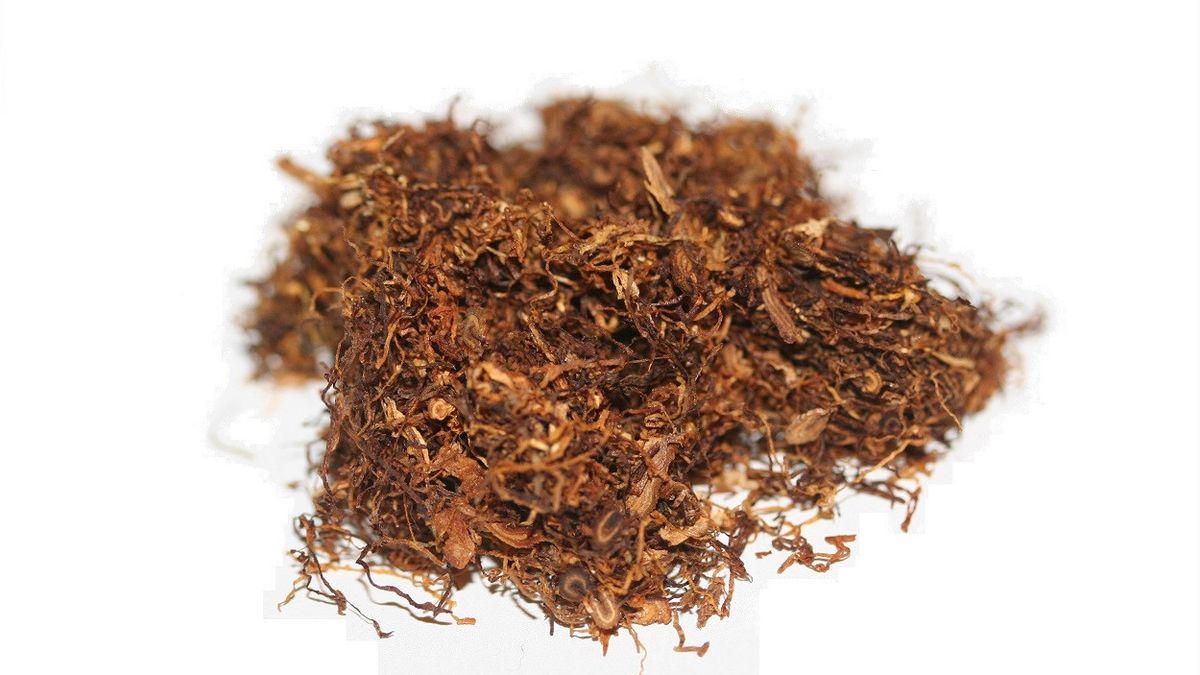JAKARTA - Scientists have found evidence of the earliest known milestone for tobacco use in human culture, in the remains of fireplaces built by early inhabitants of the North American interior some 12,300 years ago in Utah's Great Salt Lake Desert.
The researchers found four charred seeds of a wild tobacco plant in the fireplace, along with stone tools and duck bones left over from the food. Until now, the earliest documented use of tobacco came in the form of nicotine residue found in cigarette pipes from Alabama dating back 3,300 years.
Researchers believe the nomadic hunter-gatherers at the Utah site may have smoked tobacco or may have smoked clumps of tobacco plant fiber for the stimulant qualities offered by the nicotine it contains.
Once tobacco use originated among the natives of the New World, it spread throughout the world after the arrival of Europeans more than five centuries ago. Tobacco now represents a worldwide public health crisis, with 1.3 billion tobacco users and more than 8 million tobacco-related deaths annually, according to the World Health Organization.
"On a global scale, tobacco is the king of intoxicating plants, and now we can directly trace its cultural roots to the Ice Age," said archaeologist Daron Duke of the Far Western Anthropological Research Group in Nevada, lead author of the study published Monday in the journal Nature Human. Behavior', citing Reuters October 12.
The seeds come from a wild variety of desert tobacco, named Nicotiana attenuata, which still grows in the area.
"This species was never domesticated but is used by the indigenous people of the region to this day," Duke said.
The Great Salt Lake Desert is currently the bottom of a large dry lake in northern Utah. The hearth site at the time was part of a vast swamp, with a cooler climate during the twilight of the Ice Age called the Wishbone site.
The remains of the fireplace were found eroding from a barren mud flat where winds have sloughed off layers of sediment since the swamp dried up about 9,500 years ago.

"We know very little about their culture," Duke said honestly about the hunter-gatherers.
"What intrigued me most about this discovery was the social window it provided on simple activities in the undocumented past. My imagination ran wild," he continued.
Artifacts there include small sharp rock cutting tools and spearheads made of volcanic glass called obsidian, used to hunt large mammals. One of the spearheads contains remnants of blood proteins from mammoths or mastodons, relatives of elephants that later became extinct.
"We suspect that tobacco must have been the basis of the ecological knowledge of those who settled in the interior of the North American continent, some 13,000 more years ago," Duke believes.
The domestication of tobacco took place thousands of years later elsewhere on the continent, in the Southwest and Southeastern United States as well as in Mexico, Duke added.
"We don't know exactly when tobacco was domesticated, but there has been great growth in agriculture in America in the last 5,000 years. Evidence of tobacco use, both direct, seed, residue and indirect such as pipes, increased during this time alongside the domestication of food crops," said Duke. .
Some experts suggest that tobacco may have been the first crop to be domesticated in North America, and for socio-cultural purposes rather than food.
"There's no doubt that people were at least casually caring for, manipulating and managing tobacco long before the population and food incentives that drove investment in agriculture," said Duke.
The English, Chinese, Japanese, Arabic, and French versions are automatically generated by the AI. So there may still be inaccuracies in translating, please always see Indonesian as our main language. (system supported by DigitalSiber.id)













